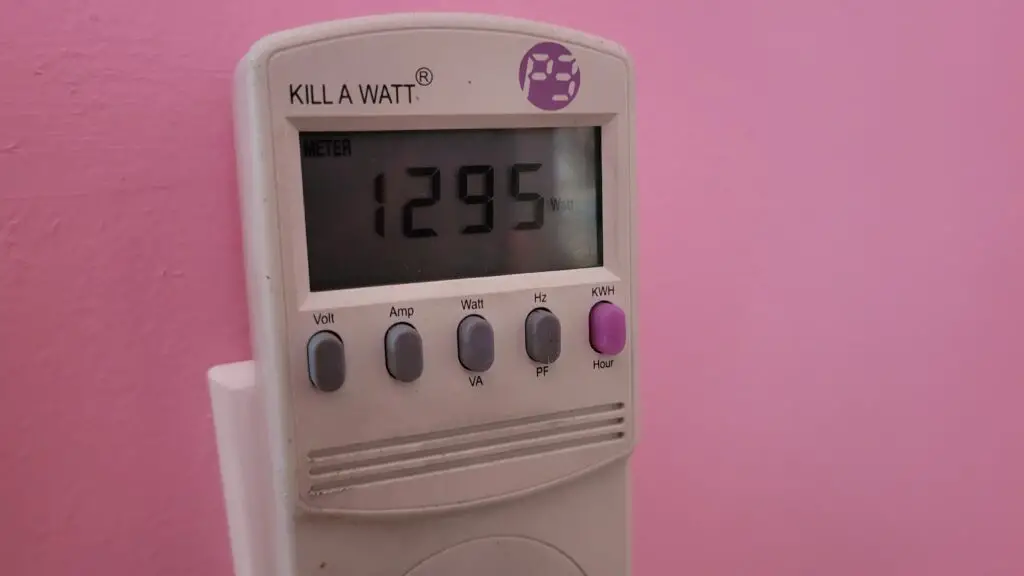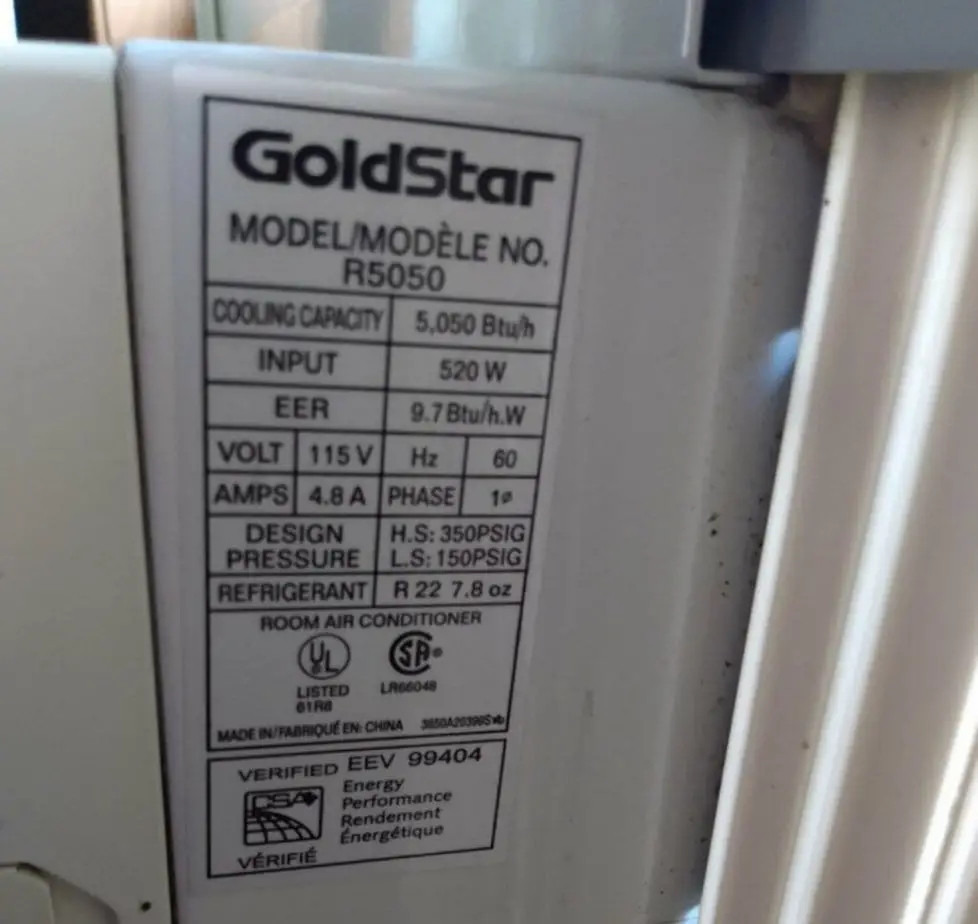Are you considering using a portable generator to power multiple appliances at once? It’s a common question many homeowners ask when preparing for a power outage, camping trip, or wherever conventional power sources aren’t readily available. While the answer isn’t a simple “yes” or “no,” this article will explore the factors to keep in mind when attempting to run multiple appliances off a single portable generator.
Keep the Rating of the Generator in Mind
Before we dive into the details, it’s important to understand how generators work. A generator converts mechanical energy into electrical energy. This electrical energy is then distributed through the generator’s outlets to power appliances and electronics.
Portable generators are typically rated by their maximum output for marketing purposes and this output is measured in watts (or kilowatts). This maximum output determines how many appliances and electronics you can run simultaneously.
A generator will have a “max” or “peak” rating on the label but you’ll want to take note of the “running” watts which are going to be just as important to keep in mind for any long term use of the generator.

The max watts are the output a generator can handle for a short duration of time, whereas the running watts are the maximum watts that a generator can output on a long-term basis.
For example, a 5kW generator (5,000 watts) will be rated as 5kW Peak watts. However, the running watts will always fall below this number and usually by around 15-20%. So this generator may only have running watts of 4,000-4,200. Essentially, this is saying that the generator is capable of handling a 5,000 watt surge for a short time (generally a couple minutes or less), but it is only designed to run at a maximum of 4,000-4,200 for any significant length of time.
An Appliance’s Starting vs. Running Watts
Just as important as the peak and running watts of a generator is to consider the starting wattage or surge wattage of the appliances you plan on using. Some appliances with compressors, such as air conditioners, refrigerators, and freezers, require an initial surge of power to start up. Sump pumps, well pumps and some other electrical motors are the same.
This surge can be several times higher (typically x3) than the wattage required to run the appliance continuously. It’s important to factor in the starting wattage when calculating the total wattage required to avoid overloading the generator.
So let’s say you have a small 2,500 watt inverter generator with running watts of 2,000. With an extension cord you hook up a TV (90w), several lamps (50w), a gaming console (200w), a couple fans to keep yourself cool (200w), and your total watts is now at 540. You want to also plug in your 1/3HP sump pump which has running watts of around 800 (for this example, your mileage may vary). It should work right? 8,000 + 540 = 1,340 and is under the running watts of 2,000.
However, your sump pump has additional starting watts to keep in mind and these starting watts will kick in every time the pump needs to keep your basement dry.

If your running watts are 800, then your additional starting watts may very well be around 1,500 — for a total of 2,300W just to start the pump. So, in that moment that the compressor kicks on, you are going to be asking approximately 2,840W from your generator that only has 2,500 peak watts.
Depending on the quality of the generator, it may or may not accommodate those 340W above its max. To play it safe, we’ll assume that it’s not going to work and hopefully the breaker will trip on the generator so that the generator won’t be damaged or the electronics and appliances that it’s trying to power.
In this case, you will need a larger generator to simultaneously run everything safely, or you will need to pick and choose which appliances to run at the same time. This generator is certainly capable of starting the sump pump. It’s also perfectly capable of powering your light,s the TV, the gaming console, and fans. It is not, however, capable of safely powering them all at once.
Calculate Your Appliances’ and Electronics’ Watts
The key to running multiple appliances off a portable generator is to stay within its maximum output for starting purposes of your appliances, and to keep within the generator’s running watts for after the appliances have started. To determine how many appliances you can run at once, you’ll need to calculate the total wattage required. This can be done by adding up the wattage of each appliance or electronic device you plan to use. The total wattage should not exceed the maximum output of the generator.
It’s important to note that different appliances require different amounts of wattage. For example, a refrigerator may require 600-800 watts to run, while a microwave may require 1,200-1,500 watts. It’s essential to research and understand the wattage requirements of each appliance before running them off a portable generator.
Another factor, as we mentioned before, to consider when running multiple appliances off a portable generator is the starting wattage or surge wattage. Some appliances, such as pumps, air conditioners, refrigerators, and freezers, require an initial surge of power to start up. This surge can be several times higher (x3 is a good rule of thumb) than the wattage required to run the appliance continuously. It’s important to factor in the starting wattage when calculating the total wattage required to avoid overloading the generator.

One way to avoid overloading the generator is to use a power strip with a built-in circuit breaker. A circuit breaker will trip if the total wattage exceeds the maximum output of the generator, preventing damage to the generator and appliances.
It’s also important to consider the duration of use when running multiple appliances off a portable generator. The longer the generator runs, the more fuel it consumes. If you plan to use the generator for an extended period, it’s essential to have enough fuel to keep it running. It’s also important to monitor the fuel level and add more fuel as needed to prevent the generator from running out of gas.
Finally, it’s important to follow the manufacturer’s instructions for operating the generator safely. Portable generators can produce carbon monoxide, a colorless and odorless gas that can be deadly. It’s essential to operate the generator in a well-ventilated area and never indoors or in an enclosed space.
It is certainly possible to run multiple appliances off a portable generator at once, but it requires careful planning and consideration. By understanding the maximum output of the generator, calculating the total wattage required, factoring in starting wattage, and considering the duration of use, you can safely and efficiently run multiple appliances off a portable generator. It’s also important to follow the manufacturer’s instructions for safe operation and to avoid overloading the generator. With these tips in mind, you can confidently use a portable generator to power your appliances and electronics during a power outage or camping trip.

